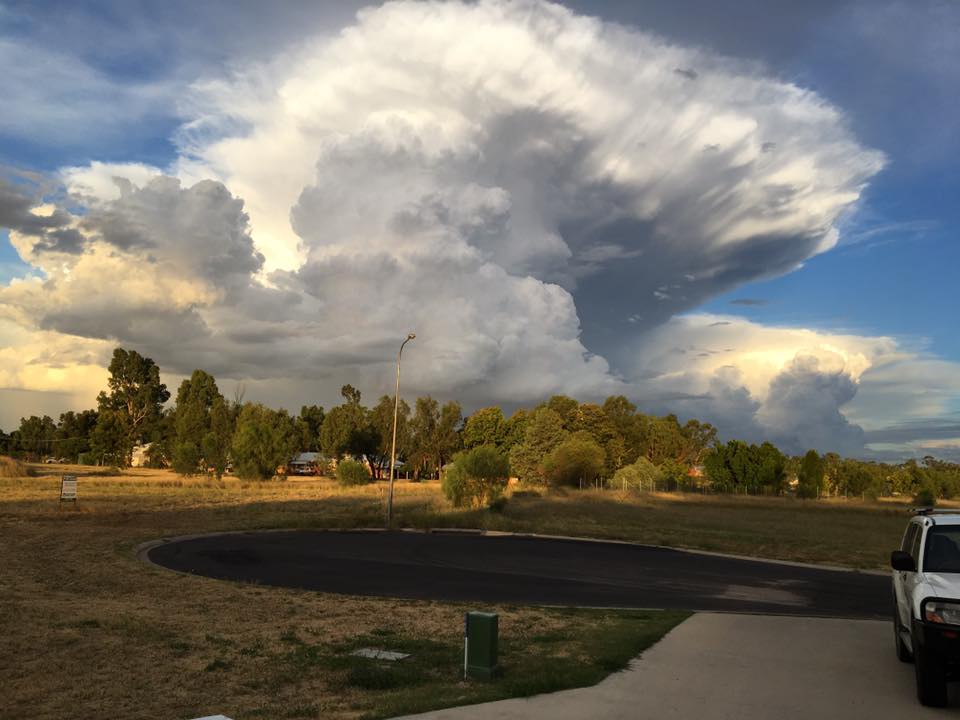


The downdraft can bring heavy rain and hail. It’s important to avoid its most dangerous areas: the downdraft, where rain, now too heavy to support, brings air back down and the updraft, where rising air feeds the storm’s hallmark rotating core. Fortunately, supercells are rare, and a classic one is fairly easy for storm watchers to spot, enabling warnings. Roen Kelly/Discover Anatomy of a SupercellĪ supercell, an outsize cumulonimbus cloud with a rotating updraft, is extremely dangerous to people, property and even flying airplanes. In models, the largest source of uncertainty about how much our climate will change stems from not completely understanding the impact of clouds. They also trap some of the energy in the air between them and Earth. As the sun’s warming light hits our planet, clouds reflect some of that energy back into space. Clouds and ClimateĬlouds cover 70 percent of Earth’s surface any given time, so they play an important role in shaping climate. The strangest of these may be Earth’s highest, at 250,000 feet or more: thin, wispy noctilucent clouds (left), visible only at twilight. The American Meteorological Society, official chronicler of clouds, lists 10 cloud genera, 14 species and nine varieties. The vapors take on all manner of shapes - and we don’t mean hearts or mythical beasts, or whatever else people imagine seeing. As the drops rise, they cool and stick to things like dust, ice, sea salt, even pollution, creating clouds.
#SHELF CLOUD ANVIL CLOUD FULL#
The atmosphere is actually full of these drops, which scientists call water vapor. That’s all there is to clouds - they’re made from countless water drops too small to see with the naked eye.


 0 kommentar(er)
0 kommentar(er)
